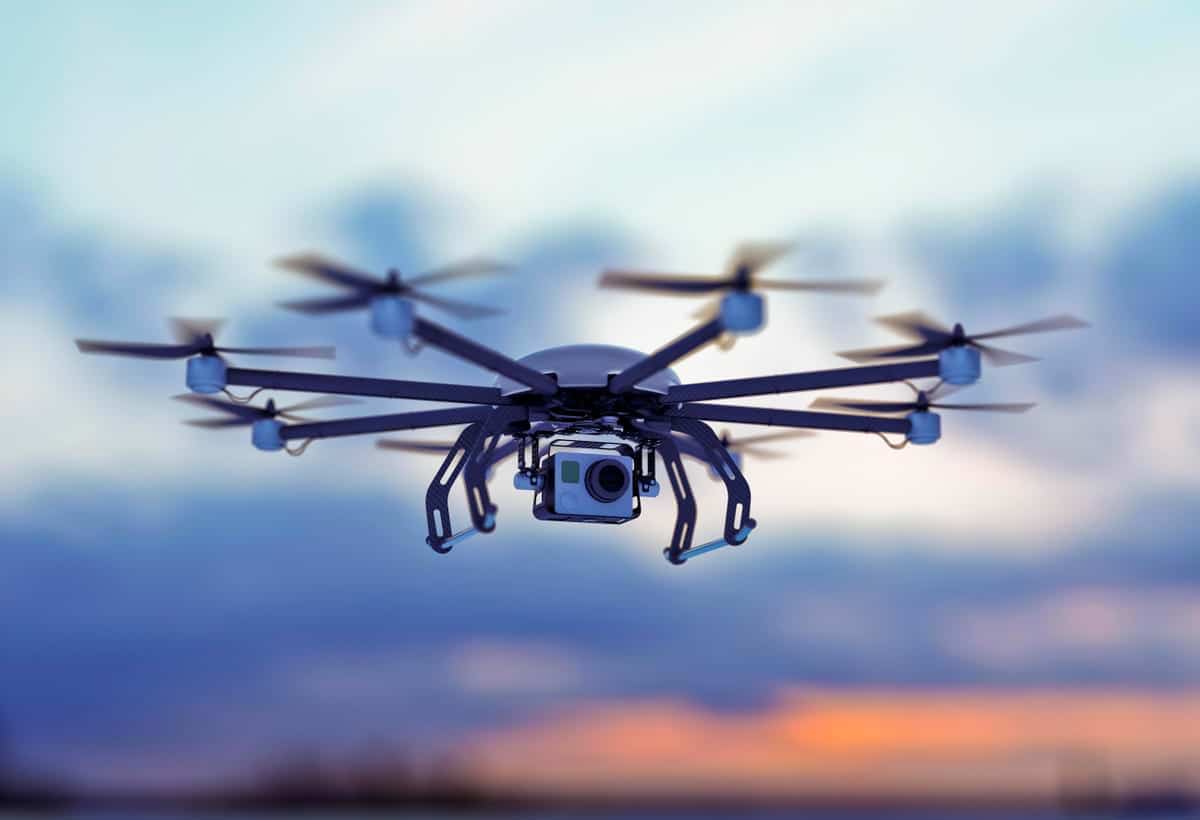The spread of drones is constantly growing, with various applications ranging from the hobby sector to the commercial and industrial fields, up to the most advanced military applications. Drones can be remotely operated, thus flying over areas that would be too difficult, dangerous, or inconvenient to reach in person. The applications in the commercial field are manifold: agriculture, monitoring of plants and buildings, shooting areas, and even delivering packages, medicines, or necessities. New and further applications of drones will most likely be identified in the coming years when they will no longer be considered only as toys or gadgets but as valuable tools to improve the quality of our lives.
There are essentially two types of brushless motors suitable for use on drones: DC brushless motors (BLDC) and AC brushless motors (BLAC), also known as permanent magnet synchronous motors (PMSM). Brushless motors are better for drones because they have a much longer lifespan since they don’t have brushes that can wear down. Similarly, as the smaller motor diameter means less inertia, the moment of inertia about the rotor is less than that of an outer-rotor motor. While this provides excellent characteristics for starting and stopping, it also means there is less available torque.
Brushless motors are also more powerful for their size, so they are used in more professional drones that require reliability and power. Motors of this type require careful and continuous regulation of speed and of the relative direction of rotation; in some cases, the possibility of implementing a real dynamic brake is needed as well. The circuit responsible for these functions is the ESC (Electronic Speed Controller), typically composed of a power supply stage, a circuit for detecting the current, a microcontroller, and a communication interface with the flight controller.
It essentially controls the electric motor by delivering electric signals translated into speed changes or even a rotation reversal. It uses a direct current coupled with a switch system to achieve an alternate three-phase current. This output current can be modified by changing the rate at which the switches open and close the circuit. Brushless ESCs need information on the rotor’s current position to start the motor and choose a direction for the rotation. To determine its position, the ESC uses information from the last unpowered electromagnet to measure its induction. This induction varies depending on where the closest permanent magnet is, and the closer it is to the electromagnet, the stronger the magnetic field induced.
Compared to the alternative based on mechanical speed sensors, a sensorless control system is often preferred as it keeps the project costs low and helps improve the system’s robustness. Electronic speed controllers for drones are essential to provide motor speed control in low and medium size commercial drones.
One of the most widely used solutions is based on a sensorless FOC technique for controlling 3-phase brushless motors. For a sensor solution, which achieves greater accuracy and better speed controller, a sensorless solution has the advantages of lower costs and reduced weight, two key factors in any low or medium size drone.
Brushed motors account for most of the micromotors used in automotive applications. However, there is relatively less growth potential for brushed motors. Brushless motors are being used in areas that are relatively new for electric motors in automotive applications and that have been growing rapidly in recent years, such as increasing sales of plug-in electric vehicles, which have powertrain and chassis systems that are electromechanically-driven are expected to provide greater growth potential for the brushless motor than for brushed motors.
Automation has fueled the adoption of efficient devices such as robotic arms, pick & place, and automatic welding systems. With the growing impetus on smart manufacturing, the opportunity for the adoption of these field devices that are more efficient and productive is evident. Robotic devices, which use micro motors as an integral component, contribute enormously to increasing the efficiency and reliability of automation while simultaneously improving safety and energy savings.

